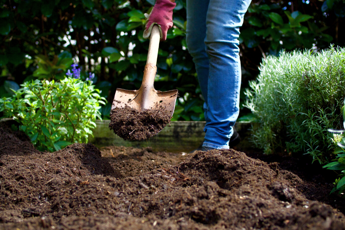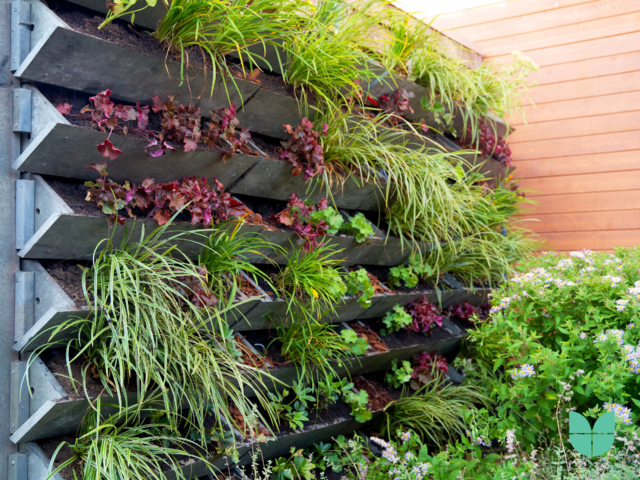 If you’ve ever thought about growing your own fruit and vegetables in Ireland, you’ve probably realised that a lot of standard gardening advice doesn’t really fit here. This isn’t southern Italy or eastern Europe—Irish gardening is its own challenge and opportunity rolled into one. The good news is Ireland’s mild climate can actually help you grow a surprising variety of crops. The tricky bit is the endless rain and winds, which can ruin your best efforts if you don’t plan carefully.
If you’ve ever thought about growing your own fruit and vegetables in Ireland, you’ve probably realised that a lot of standard gardening advice doesn’t really fit here. This isn’t southern Italy or eastern Europe—Irish gardening is its own challenge and opportunity rolled into one. The good news is Ireland’s mild climate can actually help you grow a surprising variety of crops. The tricky bit is the endless rain and winds, which can ruin your best efforts if you don’t plan carefully.
In this guide, I’ll explain what you can realistically grow here, how to set up your garden properly, and how to manage it sustainably, keeping everything eco-friendly while still getting great results.
1. What Actually Grows Well in Ireland?
Let’s kick things off with some good news: Ireland is more than just potatoes (although they obviously thrive here!). Here’s what also does particularly well:
- Veg: Cabbages, carrots, courgettes, onions, garlic, beetroot, and even tomatoes if you’ve got a greenhouse.
- Herbs: Mint, thyme, rosemary, parsley, and oregano are low-maintenance and practically grow themselves.
- Fruit and berries: Apples, pears, plums, blackcurrants, gooseberries, and strawberries can all flourish here with minimal fuss.
The trick is to choose the right varieties and the best spot on your land, then let the mild, wet climate work to your advantage.
2. Getting the Soil Right
Irish soil tends to be heavy, clay-rich, and poorly drained. The first—and most important—step is to improve it:
- Drainage:
Without proper drainage, even the toughest plants can end up drowning. Good drainage is essential to avoid turning your garden into a swamp. - Organic fertilisers:
Compost is your new best friend. It’ll improve your soil structure, fertility, and help manage moisture. - Mulching:
Adding a good layer of mulch saves tons of work weeding, helps regulate moisture, and protects plants from excessive wet conditions.
3. Planning Your Irish Garden Beds
Forget perfectly straight rows and neat rectangles. In Ireland, you’ll often get better results with:
- Raised beds:
Raised beds are ideal. They look tidy, offer great drainage, and help keep weeds down—saving you time and effort. - Vertical gardening:
If you don’t have much space, vertical gardens are brilliant. Herbs and strawberries thrive this way. - Companion planting:
Plant combinations like carrots with onions or garlic with strawberries—they naturally protect each other against pests and diseases.
4. Greenhouses in Ireland: Luxury or Essential?
A greenhouse isn’t just a luxury here—it’s pretty much essential if you want to grow crops that love warmth consistently.
Tips for choosing a greenhouse:
- Material:
Polycarbonate is your best bet—durable, warm, and strong enough to handle the Irish wind. - Positioning:
Make sure your greenhouse is somewhere sheltered from the worst storms. Secure it firmly—Irish winds can be seriously strong. - Ventilation:
Good airflow is critical to prevent mould in our damp conditions.
Best crops for your greenhouse:
- Tomatoes
- Cucumbers
- Peppers
- Aubergines
- Certain strawberry varieties
5. Organic Gardening and Sustainability
In Ireland, sustainable and organic gardening isn’t just trendy—it’s practical and essential for keeping your land healthy.
Quick tips for organic gardening:
- Avoid chemicals:
Use natural fertilisers and organic pest control methods wherever possible. - Crop rotation:
Rotate what you plant in each bed every year—this keeps the soil healthy and reduces pests. - Composting:
Compost your kitchen and garden waste—it’s a free, natural fertiliser and reduces waste.
6. Garden Maintenance in Irish Conditions
Gardening here doesn’t have to be a constant battle against nature. Keep things simple:
- Watering:
It might sound strange in rainy Ireland, but occasionally your plants will still need extra water—especially in short dry spells in summer. - Wind protection:
Use hedges, fences, or temporary screens to shield your plants from harsh winds. - Pruning:
Regularly prune fruit trees and bushes—this helps them produce better crops and stay healthy.
7. Common Mistakes New Gardeners Make in Ireland
Here’s a quick list of common mistakes—so you can avoid them:
- Choosing the wrong varieties:
Always pick varieties suited to Ireland’s climate. Mediterranean or Eastern European favourites might not thrive here. - Ignoring drainage:
No fertiliser or compost can help if your garden turns into a waterlogged mess every time it rains. - Overcrowded plantings:
Due to our damp conditions, plants need more space for airflow to reduce disease risk.
Final Thoughts
Growing a garden or veg patch in Ireland is absolutely doable—it’s all about adapting your approach to suit our unique climate. If you get it right, your garden can become incredibly productive and enjoyable rather than just a muddy struggle.
Experiment, keep things simple, and approach gardening with a bit of Irish humour and patience. Soon enough, even the wettest and windiest patch can give you a fantastic harvest and plenty of enjoyment.
If you’ve still got questions or need more detailed advice, don’t hesitate to get in touch. We’re always happy to help you get your Irish garden thriving!